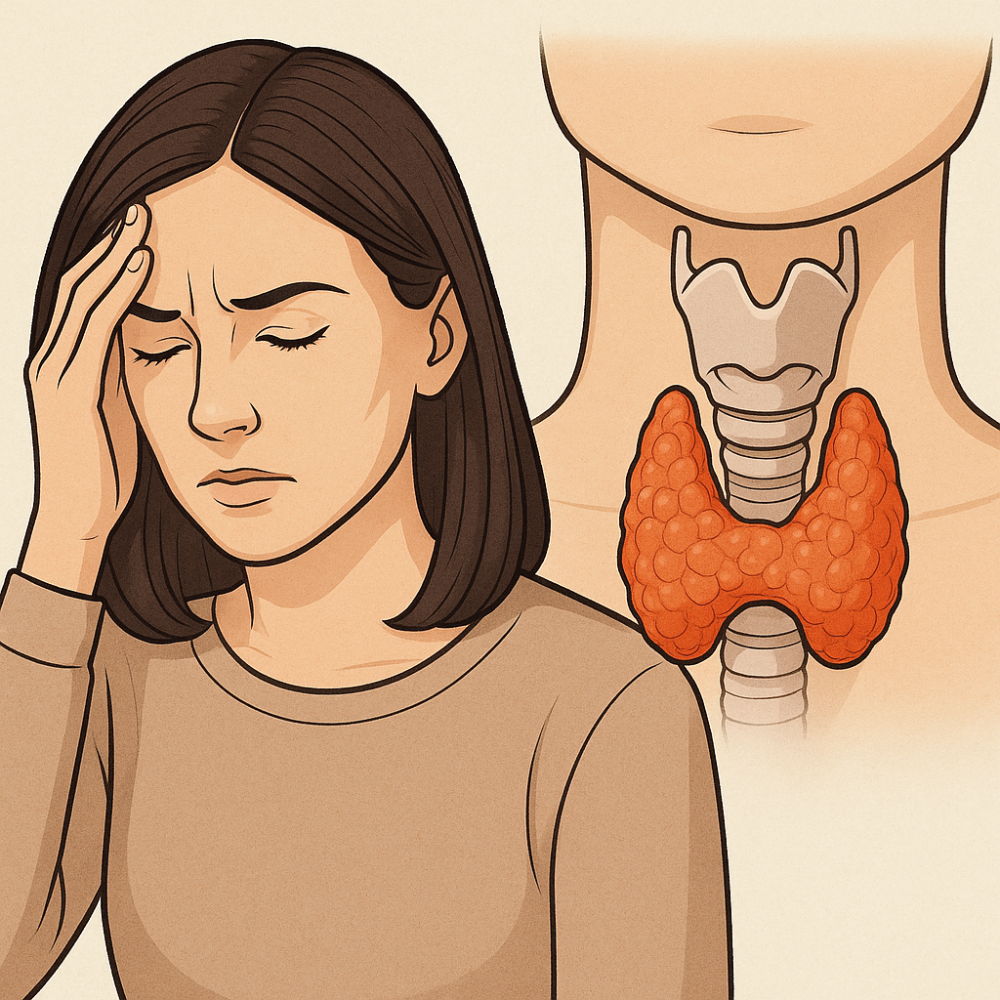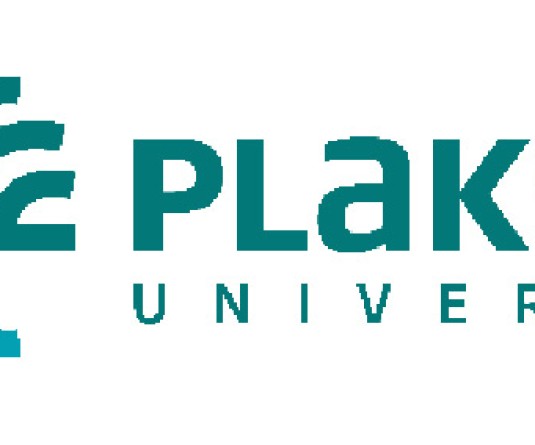Illustration Credit: Generated by ChatGpt

Anagha Vasista
A woman in Bangalore spent years battling fatigue, weight gain, and depression. Doctors attributed her symptoms to aging and stress—until one physician tested her thyroid hormone levels and discovered long-undiagnosed hypothyroidism. With treatment, her life transformed. Her story is far from unique. In India, more than 42 million people suffer from thyroid disorders, yet the tiny gland responsible remains an enigma to most. This article demystifies the thyroid gland—its biology, common conditions, and the frontier science reshaping its diagnosis and treatment.
Tucked neatly at the base of the neck, the thyroid gland is shaped like a butterfly and weighs under 30 grams. Despite its size, it holds immense control over the body’s metabolism by producing the hormones triiodothyronine (T3) and thyroxine (T4). These regulate how cells consume energy, influence heart rate, digestion, muscle strength, and even emotional stability. A third hormone, calcitonin, plays a supporting role in maintaining blood calcium levels, thereby impacting muscle contraction and bone health.
The thyroid’s hormone production is governed by the hypothalamic-pituitary-thyroid (HPT) axis, a complex biological circuit. The hypothalamus releases TRH (thyrotropin-releasing hormone), prompting the pituitary gland to produce TSH (thyroid-stimulating hormone). TSH then signals the thyroid to release T3 and T4. This self-regulating loop works like a thermostat, ensuring metabolic stability throughout the body.
Thyroid disorders occur when hormone levels veer off course. Hypothyroidism, the most prevalent condition in India, results from underactive hormone production. Symptoms include fatigue, weight gain, depression, and sluggish cognition. Alarming data from the Indian Thyroid Society reveals that one in ten adults suffers from hypothyroidism, with urban women being especially vulnerable.
Conversely, hyperthyroidism is marked by hormone overproduction. Patients may experience palpitations, anxiety, tremors, and weight loss. The autoimmune condition Graves’ disease is a primary culprit.
Structural issues like goitres, thyroid nodules, and thyroid cancers are also on the rise. Though still uncommon, thyroid cancer rates are increasing in states such as Kerala and Tamil Nadu, prompting calls for early screening programs.
Gone are the days of one-size-fits-all treatment. Today’s researchers are diving into the genetic and molecular layers of thyroid disease.
CRISPR-Cas9 gene editing is being tried to correct mutations linked to inherited thyroid disorders, offering hope to high-risk populations. At institutions like IIT Hyderabad and IGIB Delhi, scientists are mapping genetic variants that predispose individuals to thyroid dysfunction.
Epigenetic therapies are emerging as ways to modulate gene expression without altering DNA sequences, particularly in autoimmune conditions like Hashimoto’s thyroiditis and Graves’ disease.
Innovations in nanotechnology have enabled targeted drug delivery systems, using nanoparticles to direct medications precisely to thyroid tissues—minimizing systemic side effects.
India once grappled with widespread iodine deficiency, particularly in the Himalayan region. The introduction of universal salt iodization in the 1960s drastically reduced the incidence of goitre and related disorders.
However, modern wellness trends now favour Himalayan pink salt and rock salt, often lacking iodine. Despite their natural allure, these salts may reignite old public health challenges. Experts caution that the growing rejection of iodized salt could turn back the clock, especially among the urban middle class seeking “clean” diets.
India’s biological systems engineers are making vital contributions at the intersection of biology, computation, and materials science. From AI-powered diagnostic tools that flag subclinical thyroid irregularities to biosensors that simulate thyroid activity, their innovations are driving a shift toward precision medicine. Examples include wearable patches that monitor metabolism and provide real-time feedback on thyroid health & 3D bioprinting of thyroid tissue from stem cells, offering hope for regenerative therapy in severe thyroid loss.
This confluence of data science and molecular biology is not just academic—it’s laying the groundwork for transformative, accessible care.
Tackling thyroid disease requires a three-pronged approach: education, early detection, and technological adoption. Public campaigns must counter misinformation, especially the belief that non-iodized salts are safer or that thyroid problems only affect older women. Primary care providers need training to identify early-stage or subclinical thyroid issues, especially in teenagers and young adults.
Affordable, portable screening kits should be made available in rural India, where access to diagnostic labs is limited. Encouragingly, organizations like the Indian Thyroid Society are stepping up awareness efforts. But much more remains to be done to integrate new discoveries into public health strategy.
The woman’s diagnosis came late, but it changed her life. Her story is a reminder that thyroid disease is both common and treatable, yet frequently overlooked. As Indian scientists and engineers continue to unlock the thyroid’s secrets—using tools like CRISPR and nanomedicine—we inch closer to a future where prevention and precision replace guesswork. Let’s not ignore the butterfly at our throat—because when it falters, everything else does too!
Anagha Vasista is a 3rd year Biological Systems Engineering student at Plaksha University, graduating in 2026. She is passionate about applying interdisciplinary science and engineering to tackle challenges in healthcare, sustainability, and public well-being, with a focus on creating real-world impact through research and innovation.






